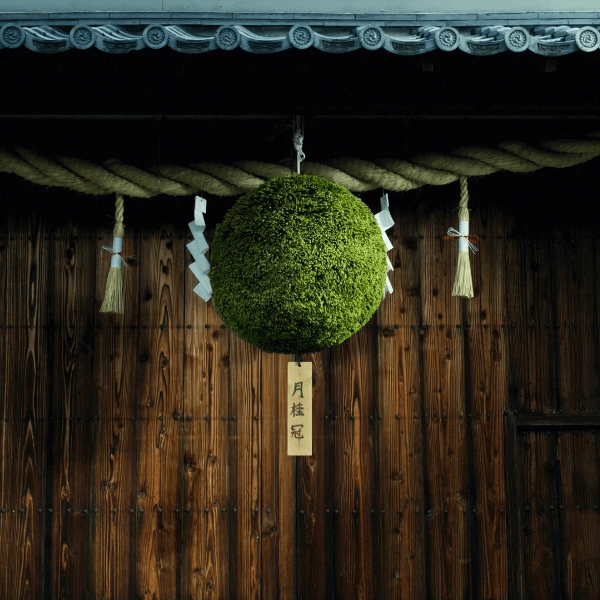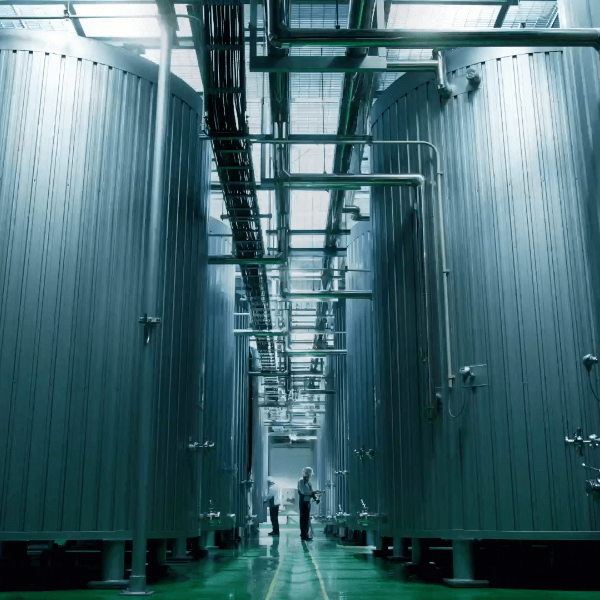Fushimi Church and its Connection with Takayama Ukon
Fushimi the “Capital”
Fushimi, which stands at the southern edge of the Kyoto basin, started being used by court nobles for their second homes in the Heian period, thanks to its scenic landscapes overlooking Ogura Pond. Fushimi Castle dates back to 1592, when Toyotomi Hideyoshi built his castle on top of Shigetsu Hill (currently Taichoro, Momoyama-cho, Fushimi-ku, Kyoto City). In two major expansions, in 1594 and 1597, a castle town stretched 4 km east-west and 6 km north-south was created. With the development of the castle town, the population is believed to have swelled to tens of thousands, turning Fushimi into the largest city outside Edo, Osaka, and Sakai. During the Tokugawa period, the first three Tokugawa shoguns (Ieyasu, his son Hidetada and grandson Iemitsu) were formally appointed to the post of Sei-I Tai-Shogun at Fushimi Castle, underscoring its importance as a political center.
Within Fushimi Castle were residential mansions for the top five magistrates of the shogunate, and around it were the residential mansions for the inner circle lords, and finally the outer mansions (part-time residences) for other daimyo, all encircling the castle and creating planned and elegant streetscapes. As a lord, Takayama Ukon also had a mansion in the castle town of Fushimi, as can be seen from period maps.
The road plans and canals of the castle's outer moats remain today much the same as they were during the castle's heyday. It is easy to where places were from the names of roads in ancient historical documents, and we can stand there today and think back to those far-off events.

“Hoko Fushimi-jo no Zu” (Map of the Mansions of the Bannermen and Feudal Lords of Lord Toyotomi Hideyoshi, Taiko, Regent, Kanpaku, Grand Minister of State and Superior First Rank During His Reign of Peace), held by the Fushimi Okura Sake Museum. Along with the development of the castle town, the embankments along the Uji River were replaced, roads built, and an outer moat created in the town to encircle the castle.
Two Mansions of Takayama Ukon in the Castle Town Map?
In the Hoko Fushimijo-no-Zu map of the castle town of Fushimi, which shows how daimyo mansions and merchants' townhouses were spread out during Toyotomi Hideyoshi's rule of Japan, there are two listings as daimyo mansions belonging to Takayama Ukon: one as “Takayama Ukon” and the other as “Takayama Ukon Nagafusa.” The mansion listed as "Takayama Ukon” was located in what is now Tango-cho, Fushimi-ku, Kyoto City and covered a large area over what is now Kyoto Municipal Fushimi Minamihama Elementary School, and Kyoto Municipal Fushimi Minamihama Kindergarten, which lie to the east of the Gekkeikan Uchigura Brewery and the Gekkeikan Okura Sake Museum, as well as the western part of Fushimi Shorin-in Mausoleum (managed by the Imperial Household Agency), which in turn are south of the Gekkeikan head office. Looking at the castle town map shows that the mansion was surrounded by merchants' townhouses, with an access road from the west side (now the side of the Gekkeikan Okura Sake Museum).

Daimyo mansion labelled as “Takayama Ukon.” A strange site, surrounded by merchants' housing. Located in what is now Tango-cho, Fushimi-ku, Kyoto City.
The other mansion, the one labeled “Takayama Ukon Nagafusa,” was located at the western edge of the castle town, in what is now Shimomisu Higashinokuchi-cho, Fushimi-ku, Kyoto City.


Daimyo mansion labelled as “Takayama Ukon Nagafusa.” It was located in what is now Shimomisu Higashinokuchi-cho, Fushimi-ku, Kyoto City, near the east side (the opposite side in the photograph) of the Shin-Takase River.
Society of Jesus Fushimi Church
The site at Tango-cho, Fushimi-ku, Kyoto City, which is shown as “Takayama Ukon” on the Fushimi castle town map, has been hypothesized as the site of the Fushimi Jesuit Church in a book by Professor Emeritus Mitsumata Shunji of Kyoto Seibo College. The church was built in 1604 in the name of Marco Magobei, a cousin of Takayama Ukon, and lasted until it was burned down and demolished as part of the 1614 prohibition on Christianity. The Society of Jesus annual report for 1614 states that the head priest was Father Angelis, and it was in a discrete location surrounded by merchants' townhouses. It appears to have been a rather unusual section, camouflaged so that it was not immediately obvious as a church in order that its religious activities could go unnoticed, as the shogun had not given permission.
During the decade the church existed (1604-1614), Takayama Ukon found refuge as a “guest general” under the protection of Lord Maeda of Kaga Domain, but was able to move about freely, and there are records of him visiting the Fushimi Magistrate as well as letters that he exchanged with Marco Magobei, the title holder of Fushimi Church. He was involved in founding churches in a number of places, and was a frequent visitor to Fushimi Church as well, which, Professor Mitsumata suggests, may have been the reason the surveyor making the castle town map showed the site as the mansion of “Takayama Ukon.”

The site of the “Takayama Ukon” mansion can be overlooked from the Gekkeikan's head office. The mansion shown in the castle town map and the townhouses that surrounded it are where the Gekkeikan head office, the Jodo sect temple Shorin-in, the Fushimi Shorin-in Mausoleum owned by the Imperial Household Agency, the parking lot for the Gekkeikan Okura Sake Museum, Kyoto Municipal Minamihama Elementary School, and Kyoto Municipal Minamihama Kindergarten now are. Of these the grounds of the school and kindergarten are where the daimyo mansion labeled “Takayama Ukon,” which was actually the Fushimi Jesuit Church, was.
[Major Reference Work]
- Mitsumata Shunji, “Fushimi Kirishitan Shiseki Kenkyu” (A Study of the Historic Sites of Fushimi Christians), Kyoto Seibo College Fushimi Studies Society, ed. Fushimi no Rekishi to Bunka (History and Culture of Fushimi) (Kyo/Fushimi Monographs Collection 1), Seibundo, 2003.
[References Related to Takayama Ukon]
- Ebisawa Arimichi, Takayama Ukon (Biography Monographs) [New Edition], Yoshikawa Kobunkan, 2009.
- Shimazaki Kenji, Kirishitan Daimyo Takayama Ukon no Ashiato o Aruku - Yukari no chi shashin-shu (Walking in the Footsteps of the Christian Daimyo Takayama Ukon: Photo album of places connected with him), Sangaku Publishing, 2014.
- Nakanishi Yuki, ed., Takayama Ukon Kirishitan Daimyo e no Shin Shiten (Christian Daimyo Takayama Ukon: A new perspective), Miyaobi Publishing, 2014.
- Hubert Cieslik, Takayama Ukon Shiwa (Historical Stories of Takayama Ukon), Seibo Bunko, 2012.
- Furusu Kaoru (supervised by the Special Committee for Promoting Canonization and Beatification, Catholic Bishops' Conference of Japan), Yusuto Takayama Ukon - Ima, Orite Iku Hito e (Justo Takayama Ukon: To those who abandon ambition), Don Bosco Sha, 2014.
The designs used in this corner include images photographed by Gekkeikan with the permission of the Catholic Takatsuki Church (2-26 Nomi-cho, Takatsuki City, Osaka).






